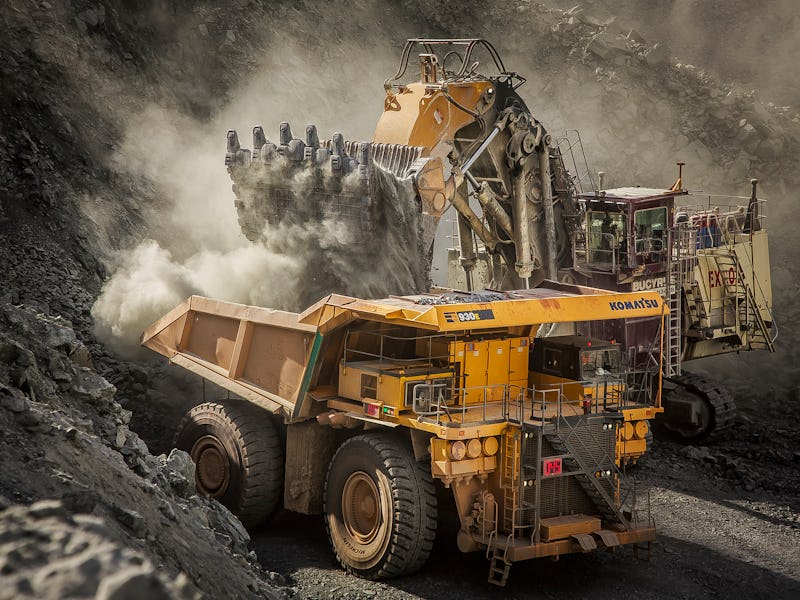A mining company in Australia is using house-sized vehicles that drive themselves to automate the mining process from digging materials out of the earth to dropping them off at a warehouse. Everything could be automated in just a few years — much sooner than self-driving cars will go mainstream — because of the highly regulated nature of the country’s mines.
Rio Tinto isn’t just eyeing autonomous trucks. It’s also using robot drills to replace human miners and having control centers direct self-driving trains. MIT Technology Review reports that using all of these tools could help mining become cheaper, more efficient, and safer.
That’s at least partly because machines are more dependable than people. A robot drill won’t call in sick, autonomous trucks never get drowsy, and self-driving trains don’t miss anything on the tracks. The machines also have lower recurring costs — a robot has never asked for a raise so it could keep food on the table. Rio Tinto merely has to keep all its machinery running.
Similar ideas apply to autonomous cars. They’re said to drive safer than humans, and Tesla and Google have revealed plans for ride-sharing platforms to keep the cost of owning a car down.
The problem is getting these self-driving vehicles on the roads. They’ll have to be able to adapt to a wide variety of conditions, like fallen trees or inclement weather, and deal with awful drivers at the same time. Rio Tinto’s trucks, drills, and trains don’t have those problems.
These vehicles work similarly to autonomous cars in that they use a variety of sensors to scan their environments. They also use GPS to monitor their location and receive commands from humans working hundreds of miles away from the machines they’re controlling.
This thing is the size of my apartment building.
The difference is that many mines are designed to be as safe as possible, which all but removes the risk of something in the environment proving to be an insurmountable obstacle for the autonomous equipment. Rio Tinto also wants to fully automate as much as it can, rather than having machines work alongside people, which nixes the human-machine integration problem.
All of which makes it easier to automate vehicles operating in controlled environments than getting self-driving cars on the streets. Highways are barely managed chaos at best — until autonomous vehicles can learn to handle anything Mother Nature and human drivers can throw at them, they’re better off working the mines than weaving through lanes of traffic.
